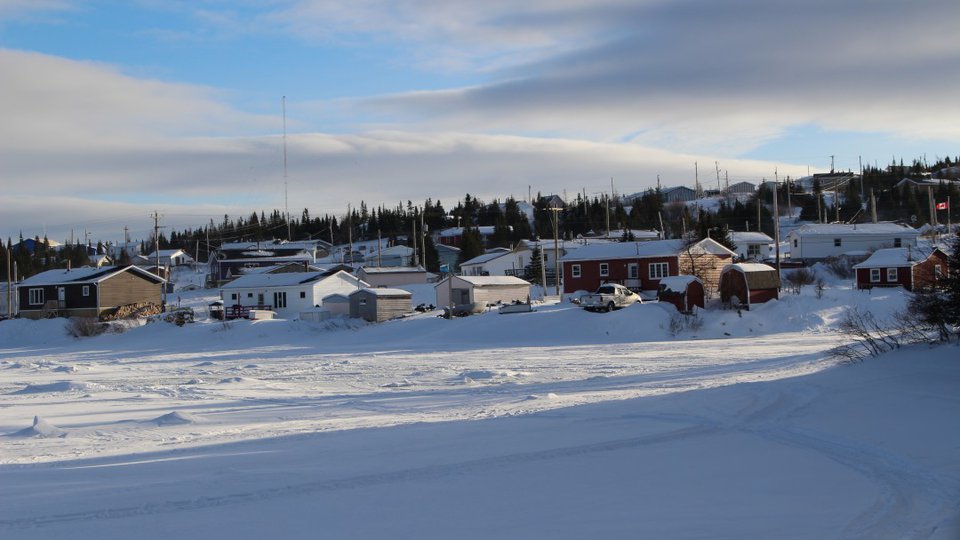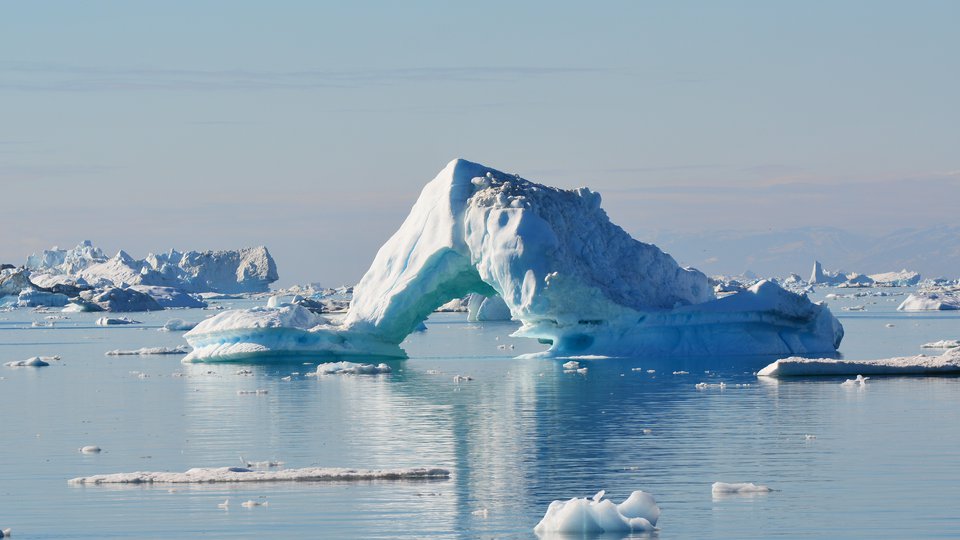
In Greenland, several different herbivores are sharing space on the tundra, browsing and munching on the plants and lichen they find.
In western Greenland near Kangerlussuaq, this includes 800-pound muskoxen (Ovibos moschatus) along with caribou (Rangifer tarandus).
While you might think two large herbivores eating similar foods in the same space would lead to less diversity in tundra vegetation, scientists have found that the opposite is true.
Diversity of herbivores actually helps increase diversity of tundra vegetation—knowledge that could help boost climate resilience. Researchers made the discovery – which they hope will help boost climate resilience – during a 15-year study, the results of which were in Science in June 2023.
“Large herbivores like caribou and muskoxen may help preserve tundra biodiversity that is sensitive to climate change, and conserving these iconic animals may have cascading effects on other parts of the ecosystem,” says co-author Christian John, who is now a postdoctoral scholar at the University of California, Santa Barbara, and worked on the project during his graduate work at Penn State and the University of California, Davis. “To me, this study really reinforces how wildlife conservation has broader impacts on ecosystems, and how remarkably interconnected ecosystems are.”
In the study, researchers set up experimental plots on the tundra to learn about climate change’s impacts on tundra diversity and how herbivores interact with these systems. Arctic tundra is a biome that occurs in the far North, above the boreal forest, and its name means “treeless” an it’s known for being a cold area with low precipitation, a very short growing season, and is often underlain by permafrost.
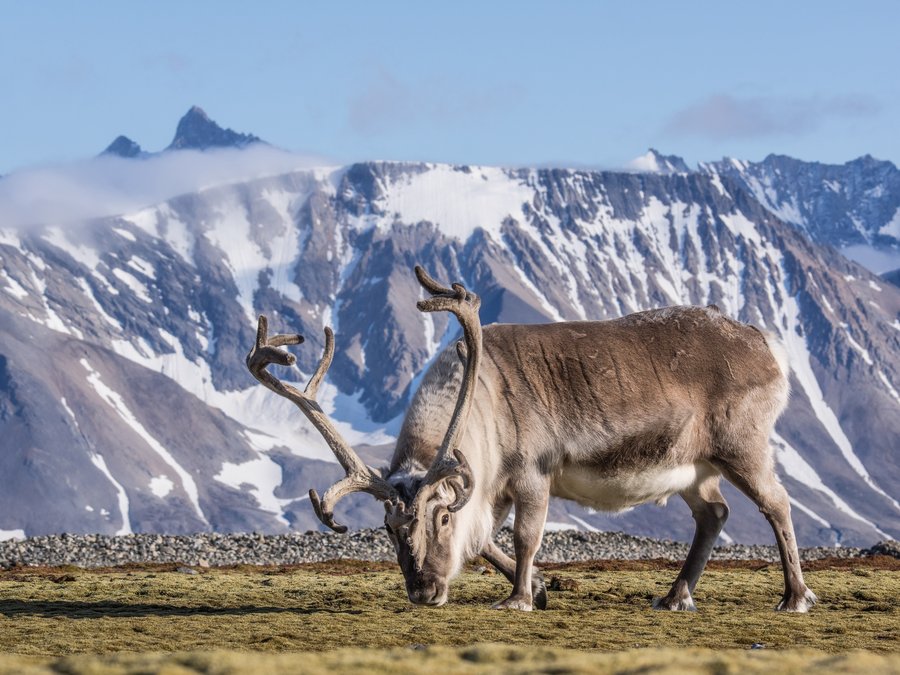
In 2002, researchers erected fences around large plots of tundra so they could exclude large herbivores and learn how keeping animals like muskoxen and caribou out impacted the diversity of vegetation. They included passive warming treatments—open top greenhouse chambers—both inside and outside the exclusions to compare.
They observed these plots through 2017, monitoring each year to record the variety of plants, fungi, and lichen that grew in each area, examining the relationship between tundra diversity, warming temperatures, and sea ice, along with the impact of allowing or excluding herbivores from research plots at the site.
The researchers noted that over the 15-year-time-period of the study, tundra diversity declined in all the experimental plots, as temperatures rose and sea ice was lost. However, it did not always decline evenly. Areas that were open to muskoxen and caribou grazing saw slower declines in plant diversity when compared to plots from which the animals were excluded. In plots where herbivores were excluded by fencing, tundra diversity declined almost twice as fast as the plots where the herbivores could eat.
The plots that were artificially warmed and allowed herbivores to graze were the slowest to decline. Interestingly however, the artificially warmed plots where herbivores were fenced out had the fastest decline in tundra diversity.
“The connection between Arctic-wide sea ice and our study area, which is 100 miles (160km) from the coast, is really fascinating,” says John.
“Such a giant mass of ice floating around on the ocean has huge impacts on regional climate—and our study highlights a connection between two seemingly isolated systems: Sea ice impacts regional wind patterns, driving summer temperatures at our study site, leading to reduced local diversity... What an incredible example of nature's interconnectedness.”
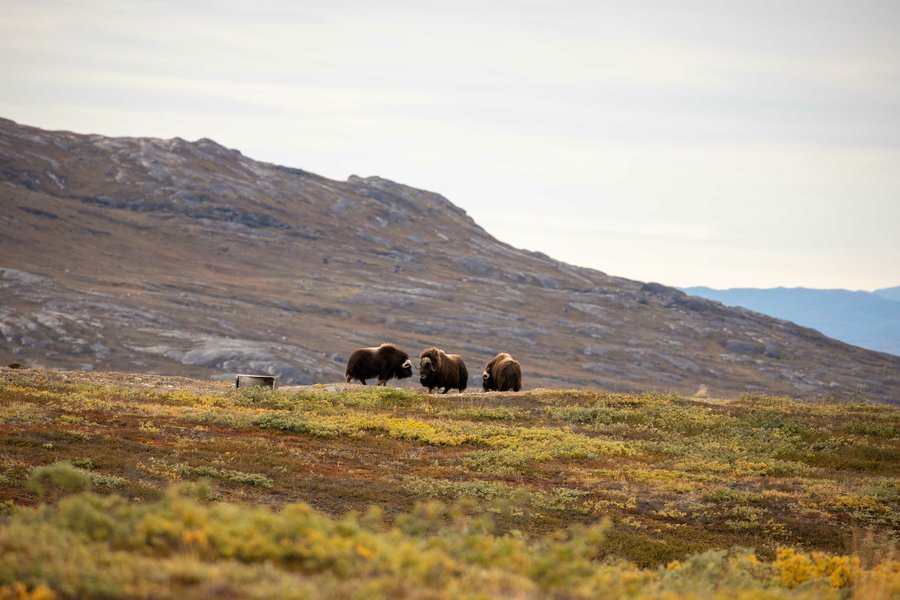
During the study, the site temperature increased about one degree Celsius during July—the peak of the growing season.
“One of the more interesting, unanticipated side effects of keeping this running for so long is that the system itself just naturally warmed up,” says co-author Eric Post, climate change ecology professor at the University of California Davis.
As the temperature at the study site warmed, the composition of the large herbivore community changed dramatically. Caribou numbers declined from around 6 animals per square kilometer to 1 per square kilometer, according to Post, and other studies show caribou have declined drastically over the last couple of decades.
However, muskoxen populations in the area increased over the same period, so much that the overall diversity of herbivores grew despite the decline in Caribou. These two large herbivore species have considerable dietary overlap, but they also have different preferences when they dine on vegetation. “It's not just how many caribou or muskoxen there are at the site that determines the herbivore impact, but it's also the diversity of the herbivores,” Post says.
Caribou and muskoxen are both ungulates, though caribou (also known as reindeer) are a member of the deer family, while muskoxen are more closely related to sheep and goats. They both eat many different types of tundra vegetation, with muskoxen—which have a four-chambered stomach—eating grasses, sedges, and leafy plants in the summertime. In winter, they browse on woody plants as well as eating things like moss and lichen. Caribou generally eat willows, sedges, lichens, shrubs, and flowering plants.
“These species consume plants in different ways, with caribou being much more selective of what they're biting,” says co-author Jeff Kerby, who is an ecologist at Aarhus University in Denmark. “As their populations fluctuate through time, the impact of each herbivore species on the experiment also fluctuated.”
This research built on earlier studies, including the International Tundra Experiment (ITEX) that began in 1990 which included using passive warming chambers to heat the surface of the tundra to learn more about how the tundra responded to warmer conditions, including the species composition and biomass.
Post explains that researchers found woody plants and shrubs, such as dwarf birch and willow, grow quickly with warmer conditions. The leaf litter these plants drop also impacts the ecosystem, including its soil and nutrients, and they create shade, transforming the landscape. They found that as the larger plants grew, areas that were once heterogeneous landscapes with patches of shrubs, flowering meadows, grasses, and other vegetation turned into more of a shrubby, woody community—a process known as Arctic tundra shrubification.
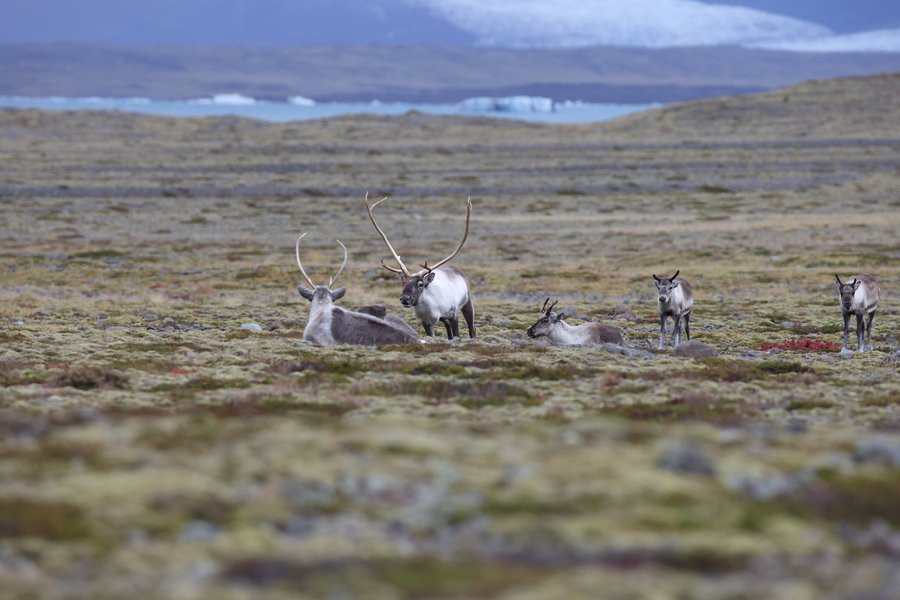
In 2022, Post and coauthors published a study in Scientific Reports pointing to large herbivores positively impacting small, rare plant species. The study was also conducted near Kangerlussuaq, and they found excluding herbivores made rare taxa less common. The authors wrote, “commonness itself may be a strong predictor of species’ responses to climate change in the arctic tundra biome, but large herbivores may mediate such responses in rare taxa, perhaps facilitating their persistence.”
“By browsing these little dwarf birch and shrubs, they keep them from expanding as much as they would in response to warming were those herbivores not present,” Post says. “And that kind of keeps the environment a little bit more amenable to the persistence of some of these rarer, or smaller plant species.”
In addition to caribou and muskoxen, researchers also noticed a third herbivore—Arctic hares (Lepus arcticus)—browsing in the area in recent years. Hares use their scissor-like teeth to cut vegetation, leaving behind tell-tale markings on the plants. Post says many of the study plots now show signs of hare browsing, and they will be examining this further in coming years to learn more about how their presence, as well as higher levels of herbivore diversity overall, impact the tundra.
After collecting the 2017 data, researchers removed fences to experimentally reintroduce large herbivores to sites where they had been excluded for 15 years, and the scientists plan to study the impacts of rewilding these sites. Learning about how herbivore diversity impacts tundra vegetation could be key to finding solutions to mitigate the effects of climate change in the future. The authors wrote that “efforts that promote herbivore diversity, such as rewilding, may help mitigate impacts of warming on tundra diversity.”
“Ecological experiments can reveal insights about how nature functions in ways that observations alone might miss, but often these experiments are only a few years in duration,” Kerby says. “The 15-year time scale of this experiment allowed us to blend powerful experimental insights with long-term observations as climate change impacts unfolded in real time.”
“To study ecological response to climate change, though, we need to track how systems change over long timescales,” says John. “Since the climate changes over long timescales, we need long-term ecological data to understand how ecology and climate are linked.”

